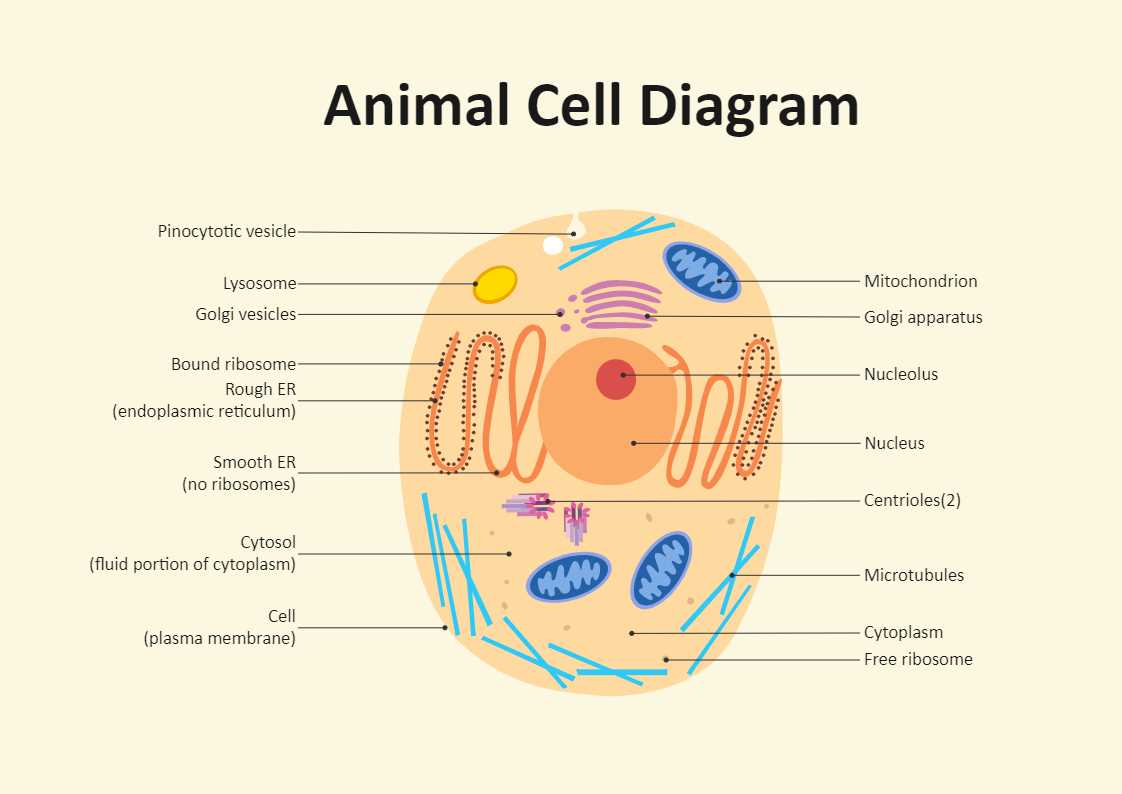
Understanding the structure and function of a plant cell is crucial to understanding how plants grow and survive. Plant cells are eukaryotic cells, meaning they have a nucleus and other membrane-bound organelles. They are the basic building blocks of plants and are responsible for carrying out essential processes such as photosynthesis and cell division.
One of the best ways to visually understand the structure of a plant cell is through a diagram. A plant cell diagram provides a simplified representation of a plant cell, highlighting the important organelles and their functions. This diagram can help students and researchers alike in grasping the different components of a plant cell and how they work together.
The main components of a plant cell include the cell wall, cell membrane, nucleus, cytoplasm, chloroplasts, mitochondria, endoplasmic reticulum, Golgi apparatus, and vacuoles. Each organelle has a specific role to play in the overall functioning of the cell. The cell wall, for example, provides support and protection to the cell, while the cell membrane controls the movement of substances in and out of the cell.
By studying a plant cell diagram, one can also gain insights into the different types of cells in a plant. For instance, leaf cells are specialized for photosynthesis due to the presence of numerous chloroplasts, whereas root cells are adapted for nutrient absorption with numerous mitochondria. Understanding the diversity of plant cells is essential for comprehending a plant’s ability to carry out different functions and survive in various environments.
Six Basic Components of a Plant Cell Diagram
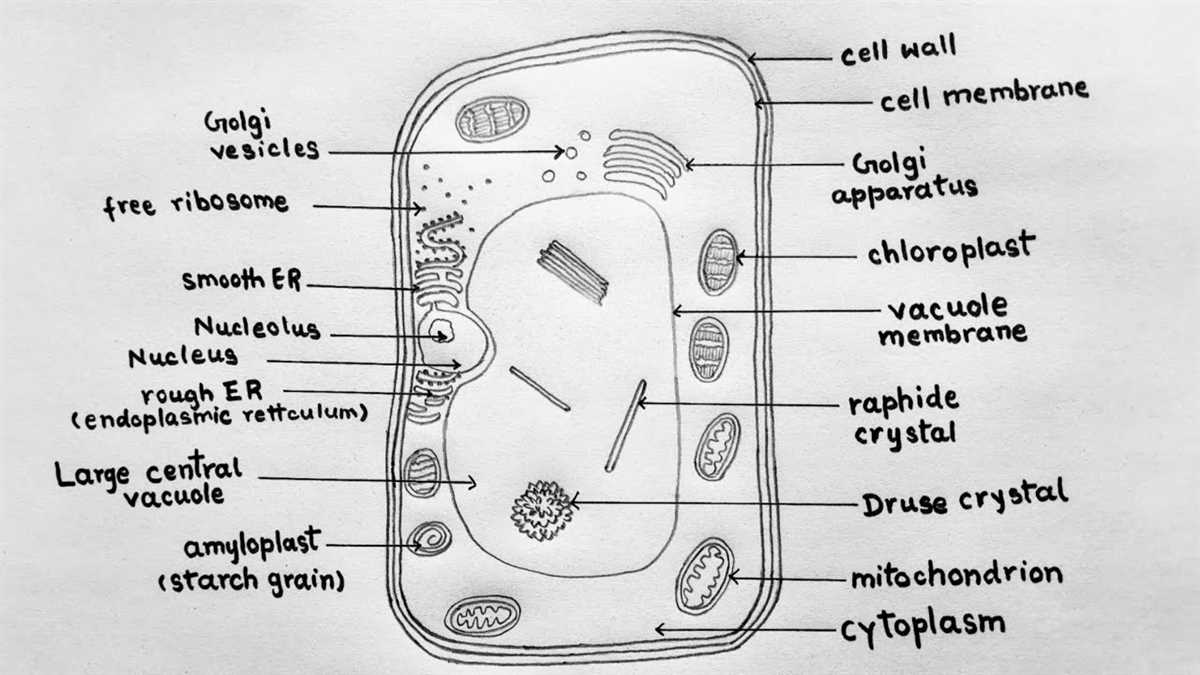
A plant cell diagram is a representation of the various components that make up a plant cell. These components are essential for the cell’s structure and function. Understanding the six basic components of a plant cell diagram is crucial for comprehending the intricate workings of plant cells.
1. Cell Wall
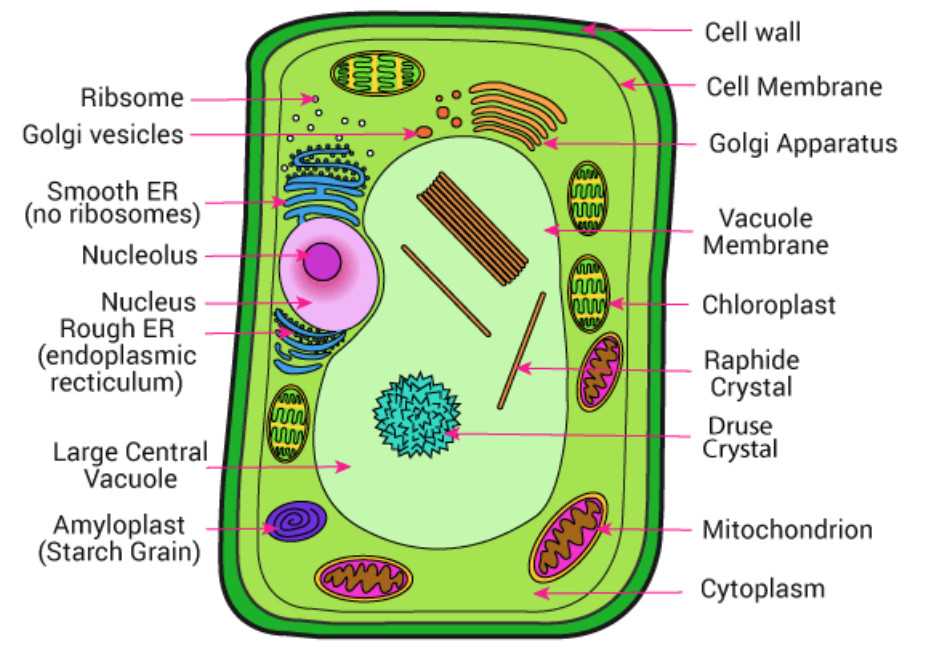
The cell wall is a rigid layer that surrounds the cell membrane in a plant cell. It provides support and protection to the cell, helping maintain its shape. Composed primarily of cellulose, the cell wall allows for the exchange of nutrients and water between cells.
2. Cell Membrane
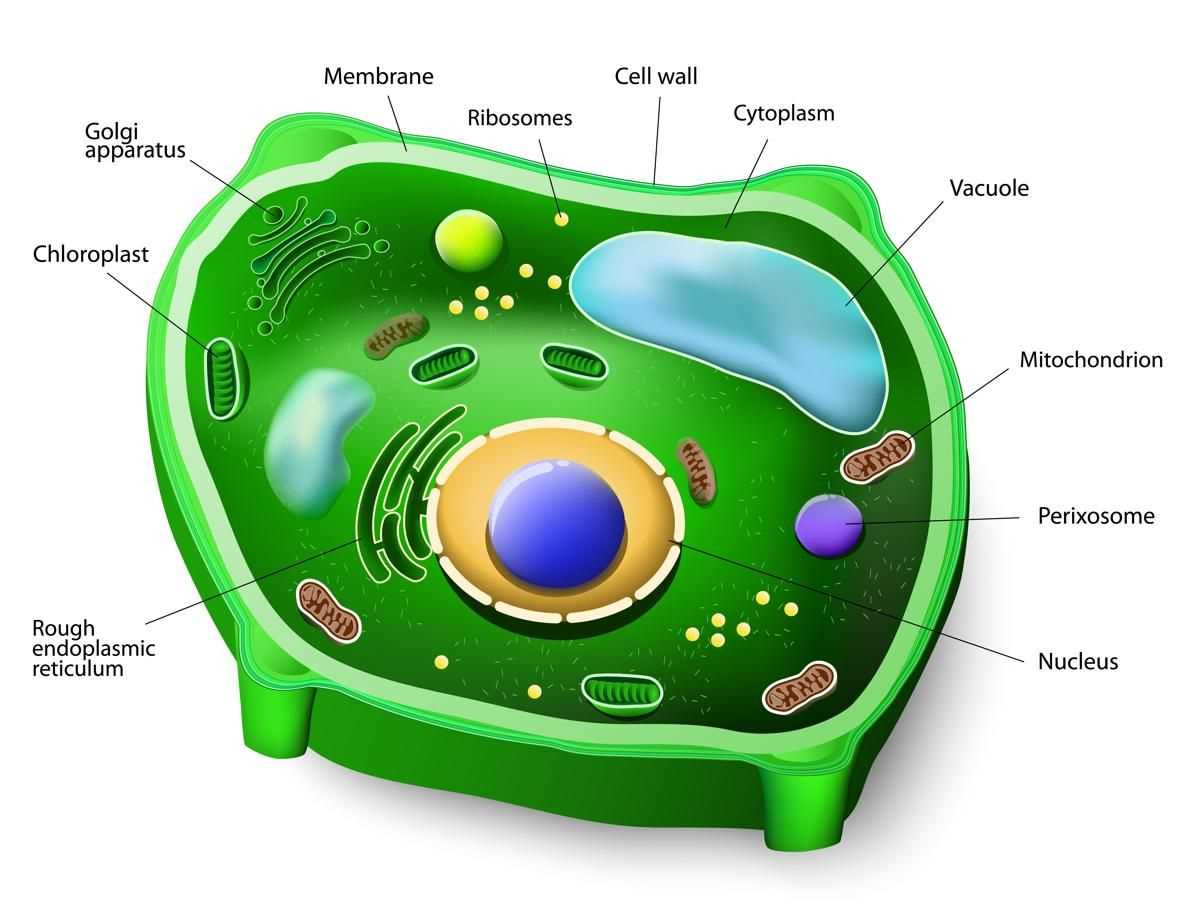
The cell membrane is a thin, flexible layer that encloses the cytoplasm and organelles within the cell. It acts as a barrier, controlling the entry and exit of substances into the cell. Additionally, the cell membrane plays a vital role in maintaining cell homeostasis.
3. Nucleus
The nucleus is often referred to as the control center of the cell. It contains the cell’s genetic material in the form of chromosomes, which carry instructions for cell growth, reproduction, and function. The nucleus is surrounded by a nuclear membrane and contains a nucleolus, responsible for producing ribosomes.
4. Chloroplasts
Chloroplasts are unique to plant cells and are responsible for photosynthesis. They contain chlorophyll, a pigment that captures sunlight and converts it into chemical energy. This energy is then used to produce glucose, a vital energy source for plant cells.
5. Mitochondria
Mitochondria are often referred to as the powerhouse of the cell. They are responsible for producing adenosine triphosphate (ATP), the main source of energy for cellular processes. Mitochondria play a crucial role in cellular respiration, breaking down glucose and converting it into ATP.
6. Vacuoles
Vacuoles are large, fluid-filled sacs found in plant cells. They play a vital role in maintaining turgor pressure and storage. The central vacuole, found in mature plant cells, stores water, nutrients, and waste products. Vacuoles can also help regulate pH levels and contribute to the rigidity of plant cells.
Cell Wall
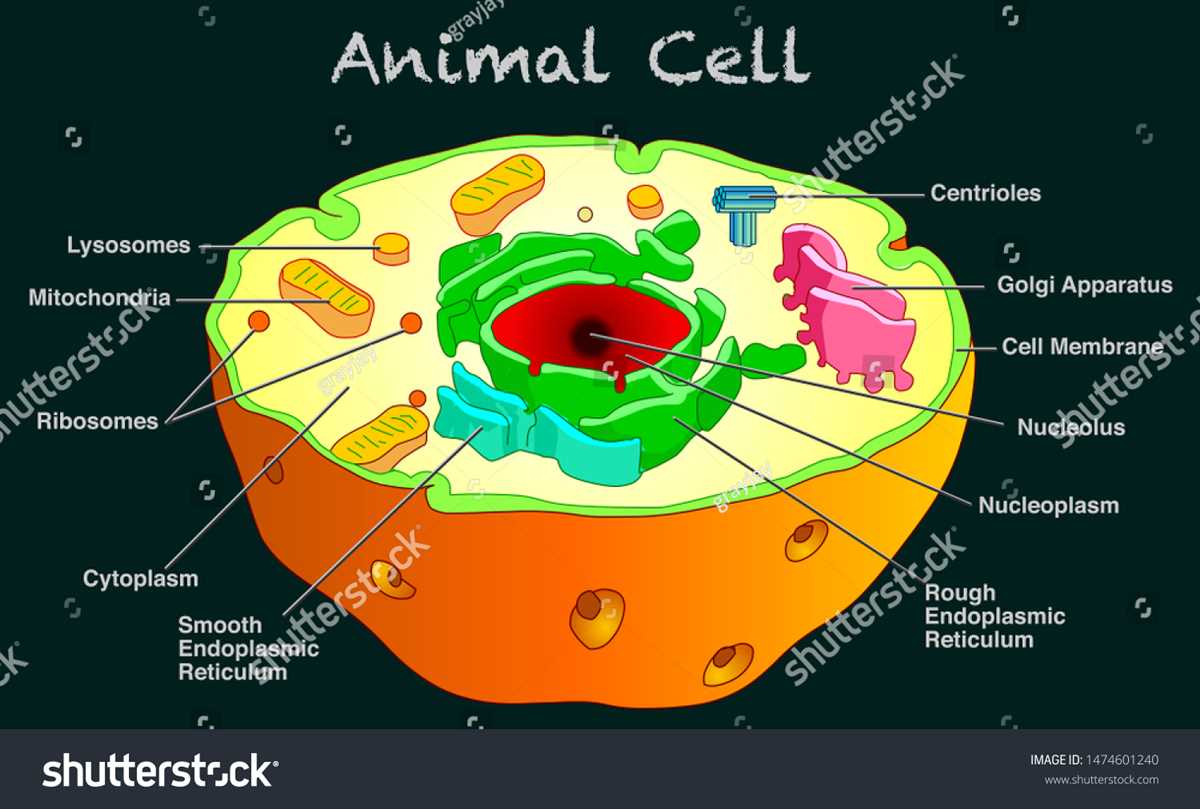
The cell wall is a rigid, protective layer that surrounds the plant cell. It is composed of cellulose, hemicellulose, and pectin, which are complex carbohydrates. The cell wall provides structural support and protection to the cell, helping it maintain its shape and resist external pressures. Unlike the cell membrane, which is flexible and allows for movement, the cell wall is rigid and does not change in shape or size.
The primary function of the cell wall is to provide strength and support to the plant cell. It acts as a barrier, preventing the cell from bursting under osmotic pressure and protecting it from mechanical stress. The cell wall also plays a crucial role in determining the shape of the plant, as it restricts the expansion of the cell membrane. This is why plant cells have a fixed shape and are often box-like or rectangular.
Additionally, the cell wall allows for communication and interaction between adjacent cells. It contains pores and channels that facilitate the movement of water, nutrients, and other molecules between cells. This communication is essential for coordination and growth in plants. The cell wall also acts as a defense mechanism against pathogens, preventing them from entering the cell and causing damage.
Cell Membrane
The cell membrane, also known as the plasma membrane, is a vital component of plant cells. It is a thin, flexible barrier that surrounds the cell, separating its internal contents from the external environment. The cell membrane plays a crucial role in maintaining the cell’s structure and function.
The main function of the cell membrane is to control the movement of substances in and out of the cell. It acts as a selective barrier, allowing certain molecules to enter or leave the cell while preventing others from crossing. The cell membrane achieves this through a process called selective permeability, which is regulated by various proteins embedded within the membrane.
The cell membrane is composed of a phospholipid bilayer, which consists of two layers of phospholipids arranged in a back-to-back formation. The phospholipids have a hydrophilic (water-attracting) head and a hydrophobic (water-repelling) tail. This unique structure allows the cell membrane to form a stable barrier while still allowing the passage of certain molecules.
In addition to phospholipids, the cell membrane also contains various other molecules, such as proteins, cholesterol, and carbohydrates. These molecules play important roles in maintaining the integrity and functionality of the cell membrane.
Overall, the cell membrane is a vital component of plant cells, as it controls the movement of substances into and out of the cell and helps maintain the cell’s structure and function. Its selective permeability and unique composition make it an essential feature for the survival and proper functioning of plant cells.
Cytoplasm
The cytoplasm is a vital component of plant cells, comprising the entire volume inside the cell membrane. It is a gel-like substance that fills the space between the nucleus and the cell membrane. The cytoplasm plays a crucial role in maintaining the structural integrity of the cell and facilitating various cellular processes.
One of the primary functions of the cytoplasm is to house various organelles, including the mitochondria, endoplasmic reticulum, Golgi apparatus, and ribosomes. These organelles are responsible for carrying out essential cellular functions, such as energy production, protein synthesis, and lipid metabolism. By hosting these organelles, the cytoplasm allows for the coordination and efficient functioning of these processes.
The cytoplasm also serves as a transportation system within the cell. It contains a network of filaments and microtubules known as the cytoskeleton, which provides structural support and assists in the movement of organelles and vesicles. This dynamic network of filaments is crucial for processes such as cell division, intracellular transport, and maintaining the shape of the cell.
Furthermore, the cytoplasm is involved in various metabolic reactions. It serves as a medium for enzymatic reactions that occur within the cell, including cellular respiration and protein synthesis. Additionally, the cytoplasm stores important molecules, such as glycogen and certain ions, that are necessary for cellular processes and maintaining cellular homeostasis.
In summary, the cytoplasm is a complex and essential component of plant cells. It provides structural support, houses organelles, facilitates cellular processes, serves as a transportation system, and is involved in metabolic reactions. Without the cytoplasm, the proper functioning of a plant cell would be compromised, impacting its overall health and vitality.
The Nucleus
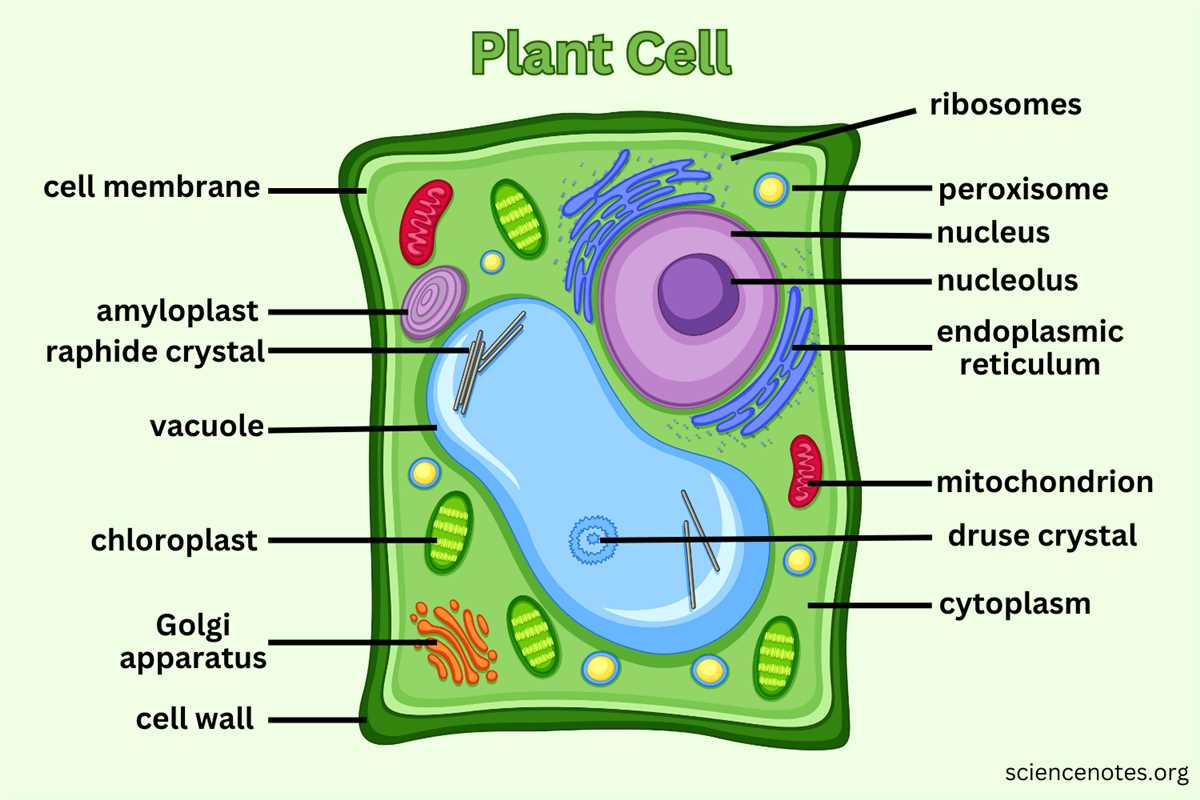
The nucleus is a vital organelle found in the plant cell. It serves as the control center of the cell and plays a crucial role in cellular activities. The nucleus contains the majority of the cell’s genetic material, which is organized into structures called chromosomes. These chromosomes carry the instructions for the cell’s functions and determine the characteristics of an organism.
Within the nucleus, there is a dense region called the nucleolus. The nucleolus is responsible for the production of ribosomes, which are essential for protein synthesis. It is also involved in the assembly of ribosomal subunits. Additionally, the nucleus has a nuclear envelope that surrounds it, consisting of two membranes. These membranes regulate the passage of materials in and out of the nucleus through nuclear pores.
Moreover, the nucleus plays a crucial role in cell division. During cell division, the nucleus undergoes a process known as mitosis, where the genetic material is evenly distributed into two daughter cells. This ensures the genetic continuity and stability of the organism. The nucleus also controls the synthesis of proteins and other substances necessary for the cell’s proper functioning.
- Key functions of the nucleus:
- Contains genetic material
- Controls cellular activities
- Produces ribosomes
- Regulates materials through nuclear pores
- Plays a role in cell division
- Synthesizes proteins and other substances
In conclusion, the nucleus is a vital organelle in the plant cell that serves as the control center. It contains genetic material, produces ribosomes, regulates materials, and plays a crucial role in cell division. Understanding the function and structure of the nucleus is essential in comprehending the overall functioning of the plant cell as a whole.
Chloroplasts
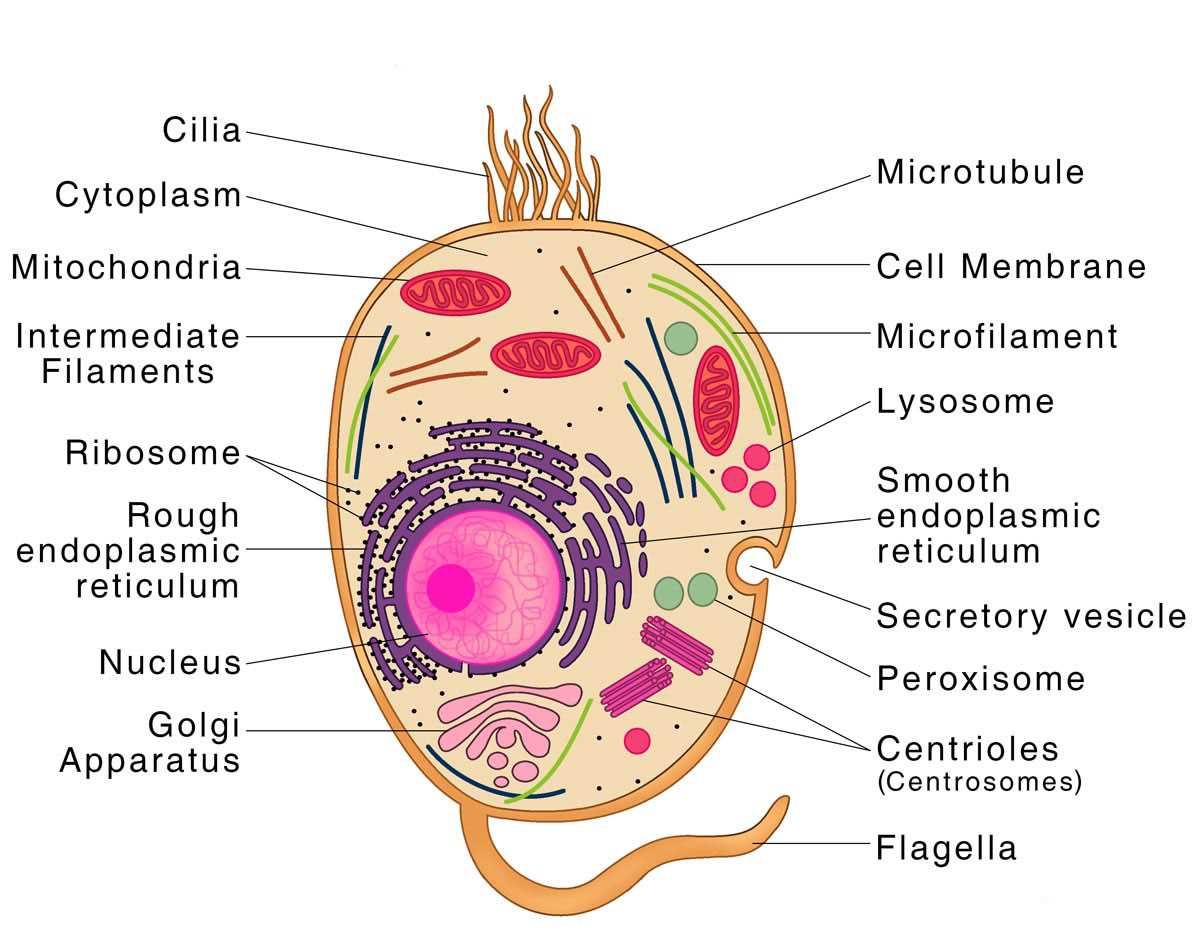
Chloroplasts are unique organelles found in plant cells. They are responsible for photosynthesis, the process by which plants convert sunlight, water, and carbon dioxide into glucose and oxygen. This essential process is what allows plants to create their own food and release oxygen into the atmosphere.
Chloroplasts are green in color due to the presence of chlorophyll, a pigment that absorbs light energy. This is why plants appear green to us. The chlorophyll molecules are located in the thylakoid membranes inside the chloroplasts. These membrane structures are arranged in stacks called grana, which can be observed under a microscope.
Structure of Chloroplasts:
- Outer membrane: The outermost layer of the chloroplast that separates it from the rest of the cell.
- Inner membrane: The inner layer of the chloroplast that encloses the stroma.
- Stroma: A gel-like substance that fills the interior of the chloroplast. It contains enzymes and other molecules needed for photosynthesis.
- Thylakoid membrane: Membrane structures that contain chlorophyll and other pigments. They are responsible for capturing light energy during photosynthesis.
- Grana: Stacks of thylakoid membranes that increase the surface area available for photosynthesis.
- Starch granules: Small granules that store excess glucose produced during photosynthesis.
Overall, chloroplasts play a crucial role in the life of a plant by converting light energy into chemical energy through the process of photosynthesis. Without them, plants would not be able to produce food and sustain life on Earth.
Vacuoles
The vacuole is a large membrane-bound organelle found in plant cells. It is essentially a fluid-filled sac that stores various substances, including water, ions, sugars, pigments, and toxic substances. Vacuoles can occupy a significant portion of the cell’s volume and often have a central position.
Vacuoles play several important roles in plant cells. One of their primary functions is to maintain the cell’s turgor pressure, which helps the cell maintain its shape and support the plant’s structure. They also help regulate the concentration of ions within the cell and participate in cell signaling processes.
The size and number of vacuoles can vary depending on the type of plant and its stage of growth. In young plant cells, multiple small vacuoles can be observed, while mature plant cells often have one large central vacuole.
Overall, vacuoles are crucial for the proper functioning and survival of plant cells. They play a role in maintaining cell structure, storing essential substances, and regulating cellular processes.
Key points:
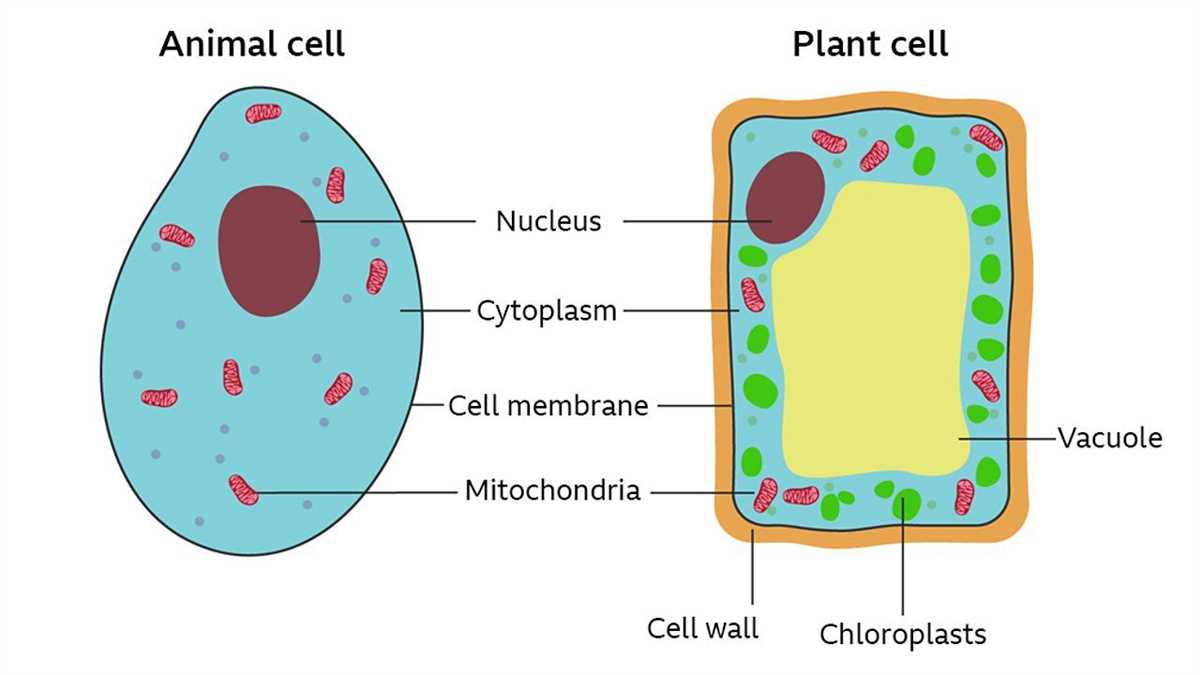
- Vacuoles are large membrane-bound organelles found in plant cells.
- They store various substances, including water, ions, sugars, pigments, and toxic substances.
- Vacuoles help maintain turgor pressure and cell structure.
- They participate in cell signaling processes and regulate the concentration of ions within the cell.
- The size and number of vacuoles can vary depending on the type of plant and its stage of growth.
Understanding the structure and function of vacuoles is essential for studying plant cells and their role in plant physiology. Further research in this area can provide valuable insights into plant growth and development, as well as potential applications in agriculture and biotechnology.